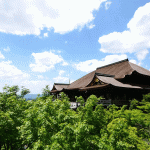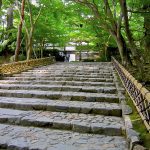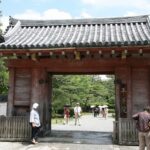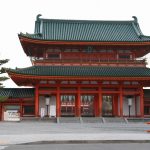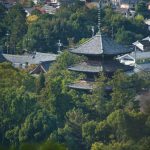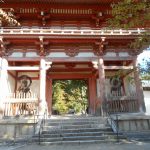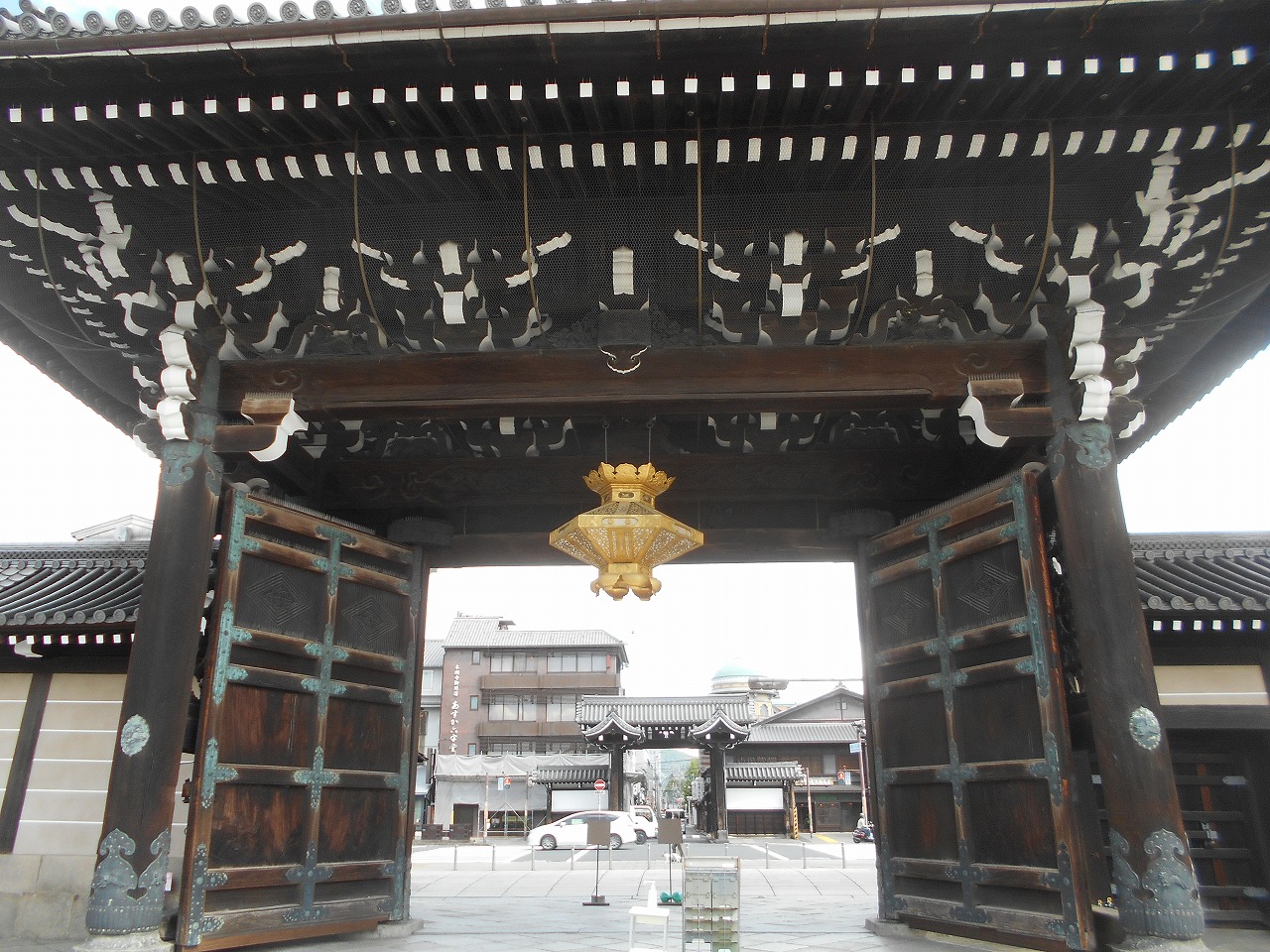
ページの目次
Nishihongan-ji Temple(西本願寺)
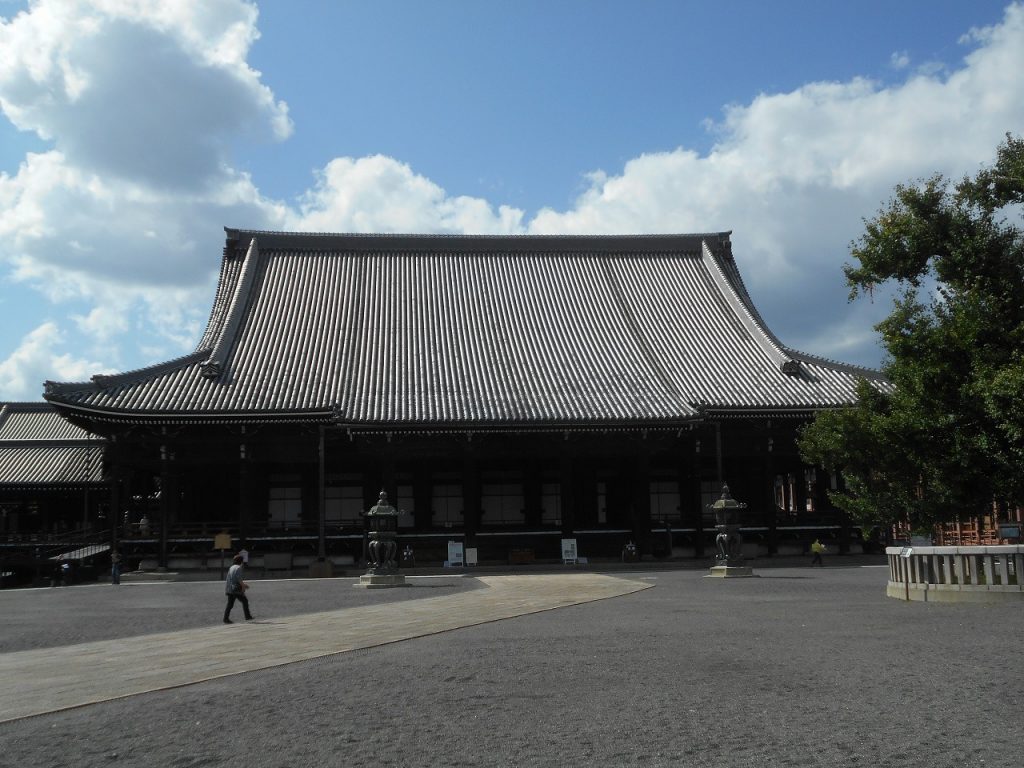
1. Location-Access
This temple is located near the norh of Kyoto station at Rakuchu Area in Kyoto.
It takes 15 munutes on foot from Kyoto station.
(この寺は京都洛中エリア、京都駅北側に位置する。京都駅から徒歩15分要する。)
2. Who was built this temple?
1) It is reported that, after the death of Saint Shinran, the reliquary temple of the foundation patron , Shinran was established by his youngest daughter Kakushinni at the west side of Otani with support of disciple, was regarded as the cardle of Hongan-ji .
(親鸞聖人の死後、聖人の末娘、覚信尼が関東の門弟の協力を得て、1272年、大谷の西に
親鸞の寺を創建したと報告されている。)
2) In 1321, the third Master, Kakunyo called it Senshu-ji and later charged its name to Hongan-ji.
(1321年の頃、第3代覚如が専修寺と号し、さらに本願寺を改称した。)
3) In the middle of Muromachi Period, the religion of Hongan-ji had developed very fast and its teaching was expanded. But such prosperity led to the hostility against the government and in various area.
(室町時代中期になると、本願寺は急速に発展し、その教えを広めていった。 しかし、その興隆は、各政治、宗教勢力との対立へ発展し、門徒たちは、ついに武装して各地で一揆を 起すようになった。)
4) During the war period, the temple was moved around in Onin, in various area. Echizen and Kawachi area with keeping its forces and fell into a decline by the war of Ishiyama against Nobunaga ODA continued for the time more than 11 years from 1570.
(その後、戦乱の中、近江や越前、河内等の各地に寺基を移転しながら力を保った。しかし、
1570年から11年に渡る信長との石山戦争により本願寺の勢力は衰退していった。)
5) In 1591, with the donation of Hideyoshi TOYOTOMI, the place of Hongan-ji was transerved to the current place from Temma area.
(1591年秀吉により、寺の寄進を受け本願寺の寺基は天満から現在の場所へ移転した。)
6) As Ieyashu feared the Hongan-ji religious still giving influence to the society, he divided the disciple into two group in 1602.
(依然として社会影響力を持つ本願寺を恐れた家康により、1602年本願寺の末寺、門徒を
二分された。)
7)Was made a World Heritage Site in 1994.
Was made a World Heritage Site in 1994.
(1994年に世界遺産に登録された。)
3. What is this temple famous for ?
1) The main mountain of Judo Shishu 浄土真宗の総本山
This temple is a representative denomination in Japanese Buddhism as the main of
Jodo Shinshu Sect. The official name is “Ryukokusan-Hongan-ji”, but this temple is called Nishi Hongan-ji o distinguish from Higashi Hongan-ji Temple.
(日本仏教の中でも代表的な宗派、浄土真宗の本山である。正式には、「龍谷山本願寺」であるが、東本願寺と区別するため、西本願寺と呼ばれている。)
2) National Treasures and Important cultural properties 国宝や重要文化財
There are lots of National treasures and Important cultural properties in this temple.
The garden of Kokei-no-niwa is also designed as a special scenio spot.
(境内の建造物は国宝や重要文化財が数多くある。さらに、庭園(虎渓の庭)も特別名勝に指定されている。)
① The layout and structure of the building at this time was typical Shinsyu style.
Miei-do was bigger than the main hall and furthermore the structure was easy to go around for Praying.
(当時の建物の配置を構造は、典型的な宗教建築である。 御影堂の方が本堂より 大きく、堂内は自由に参拝できるように造られた。)
② There is the library hall behind the Mie-do which was structured in 1632 and was emblazoned with the beautiful sliding door and anazed-up in terms architecture and sculpture.
(御影堂の後ろには、1632年頃建築された書院があり、建築や彫刻に粋を凝らし豪華な襖絵で飾られていた。)
③ Further more, Nishi Hongan-ji has lots of Cultural properties such as Kara Gate, North nou-Platform and Shiran wooden figure.
(さらに、本願寺には、唐門、北能舞台の建物や親鸞聖人御影など多数の文化財がある。)
4. What is highlight ?
1) Amida-do (National Treasure) 阿弥陀堂(本堂)

Amida-do, main hall was built in 1760 with East/west 42m, North/south 45m, Height 25m. The interior is lined up, Yokan, Sannoma, and Kyoyano-ma on the left and right, centering Amida Nyorai statue.
(阿弥陀堂は1760年に再建されて、東西42m、南北45m、高さ25mの規模を誇る。
内部は阿弥陀如来像の安置を中心に、その左右に余間、三ノ間、狭屋ノ間が並ぶ。)
2) Goei-do (National Treasure) 御影堂
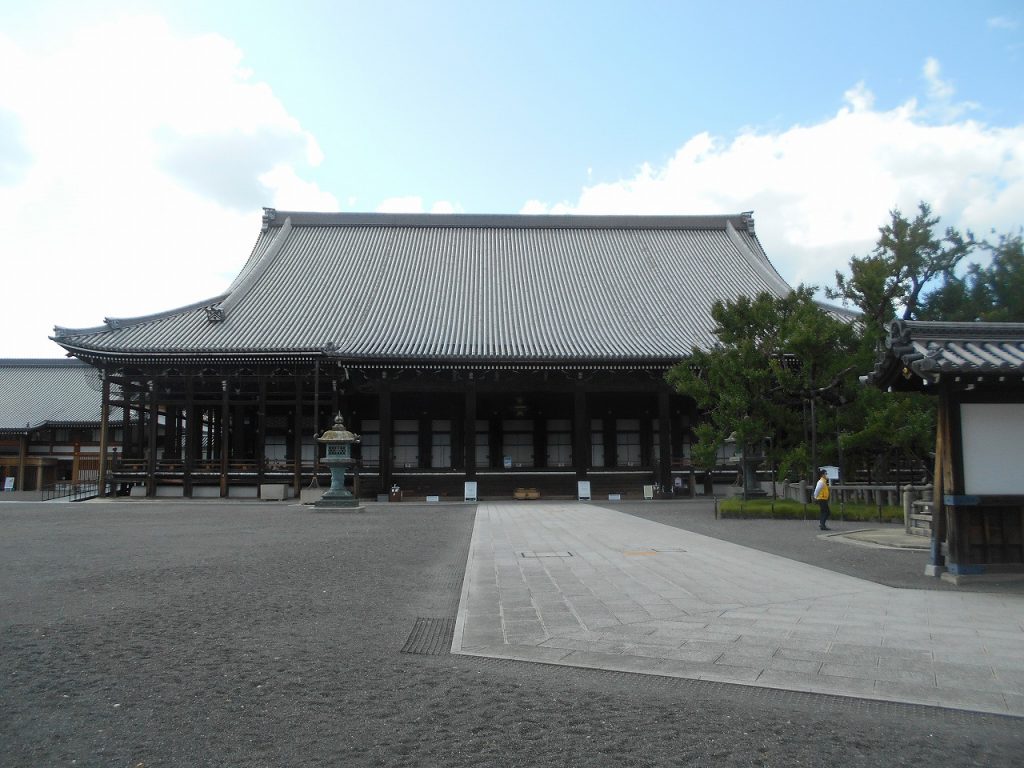
Goei-do was rebuilt in 1636 with East/west 48m, North/south 62m, Height 62m, is enlarging and is said to destination of shining Buddhist temple.
Saint Shinran wooden statue in center, on the left and right shadows of successive gatekeepers were enshrined.
(御影堂は1636年に再建された。東西48m、南北62m、高さ29mの規模で、巨大化していき、真宗仏堂の到達点を言える。中央に親鸞聖人の木像、左右に本願寺歴代門主の御影が安置されている。大きいのが特徴で外陣だけ畳441枚、1200人が一度に参拝できる。)
3) Hiun-kaku (National Treasure) 飛雲閣
There is a Takusui-en garden in the south/east corner of the temple.
Three-storied pavilionis Huin-kaku so as soar in pond.
Hiun-kaku is one of “Kyoto three great pavilion” along with Kinkaku and Ginkaku.
(この寺境内の南東隅に、滴水園(庭園)がある。池にせり出すように三階建ての楼閣建築が飛雲閣である。京都三名閣(金閣、銀閣、飛雲閣)
4) Kara-mon (National Treasure) 唐門
Kara-mon is covered with black lacquer and is decorated with metal fittings everywhere and colorful sculptures. The sculpture carved a Chinese motif such as line, giraffe, phoenix, peacock, pine and poeny.
(唐門は全面が黒漆で塗られ、随所に金具が施されている。また、極彩色に彩られた彫刻によって装飾されている。彫刻は、唐獅子、麒麟、鳳凰、孔雀、松、牡丹といった縁起物の他、中国の故事のモチーフとなっている。)
5) Katanobutai (National Treasure)
North-no-stage is a Noh stage located on the north side of Haku-shoin. The structure of bridge is a simple design and the roof is also relatively small. The back seat has a floorboard that is stretched vertically same as the main stage.
(白書院の北側前庭に設けられているのが北能舞台である。橋掛の構造意匠が簡単で、屋根が比較的に小さい。後座も本舞台と同様に床板が縦に張られている。)
